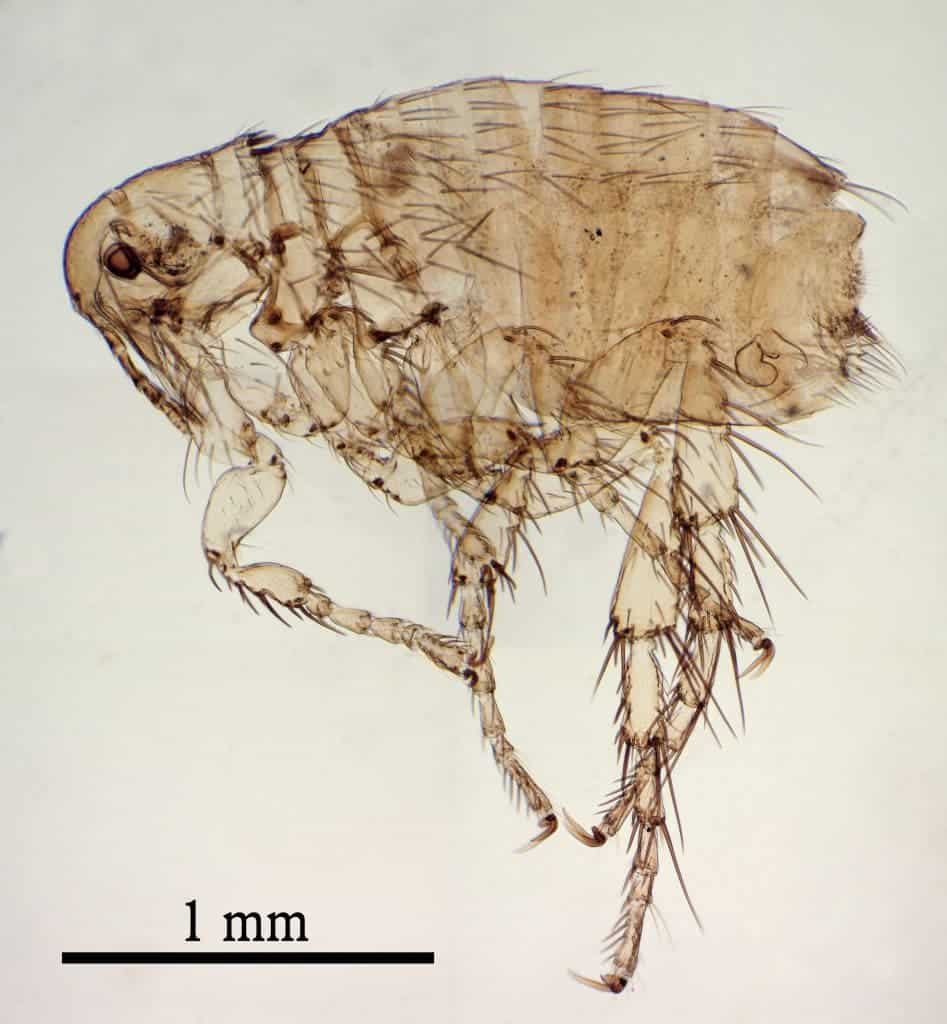Paleontologists believe they have found the oldest evidence of the bubonic plague, embedded in a flea trapped in amber for the past 20 million years. This could provide insight onto how this devastating disease appeared and evolved.

Some 20 million years ago, this flea had a really bad day – not only was it infected with a nasty bacterium, but it got stuck in tree resin and never made it out. In time, the resin turned into amber, and the flea (as well as the embedded bacteria) got preserved inside it, for paleontologists to find it long after that.
The bacteria found a very creative way of reproducing; when a flea bites an infected creature, it absorbs the bacteria, which then multiplies and eventually blocks the flea’s stomach. Therefore, if it wants to feed again, the flea has to regurgitate the bacteria into a new host. Scientists believe it’s this kind of regurgitated bacteria that was found in the amber flea. However, they haven’t thoroughly identified the bacteria.
George Poinar, Jr, an entomology researcher in the College of Science at Oregon State University, said:
“Aside from physical characteristics of the fossil bacteria that are similar to plague bacteria, their location in the rectum of the flea is known to occur in modern plague bacteria. If this is an ancient strain of Yersinia, it would be extraordinary,” Poinar said. “It would show that plague is actually an ancient disease that no doubt was infecting and possibly causing some extinction of animals long before any humans existed. Plague may have played a larger role in the past than we imagined.”
Yernisia Pestis is this bacterium that can infect humans and animals, causing the bubonic plague. Y. pestis was discovered in 1894 by Alexandre Yersin, a Swiss/French physician and bacteriologist from the Pasteur Institute, during an epidemic of plague in Hong Kong, but most of the damage from disease came much earlier. In the 1340s, Europe had a severe disease outbreak that began in the southern port cities in Italy and thereafter steadily spread northward, killing millions in its path. It often emptied entire villages of people and created mass hysteria, killing about one third of the population.






